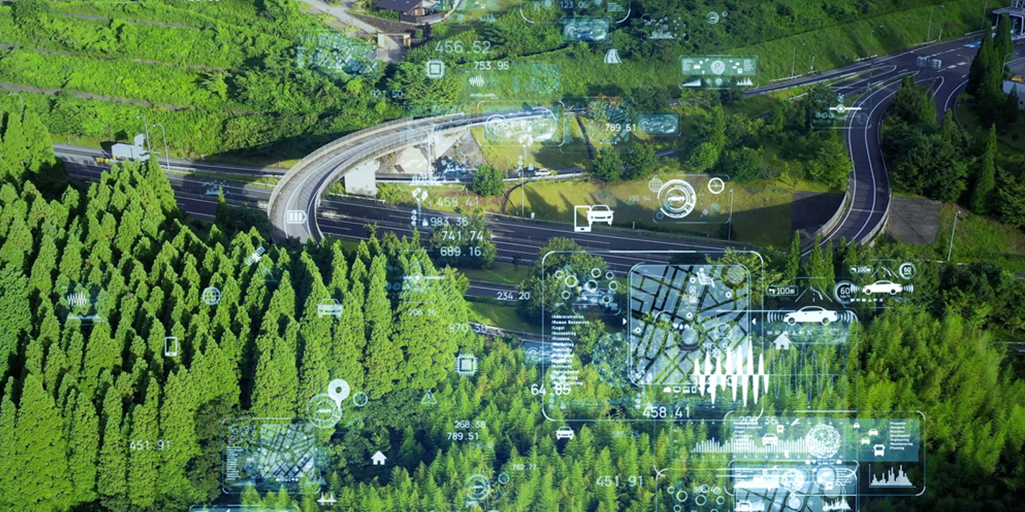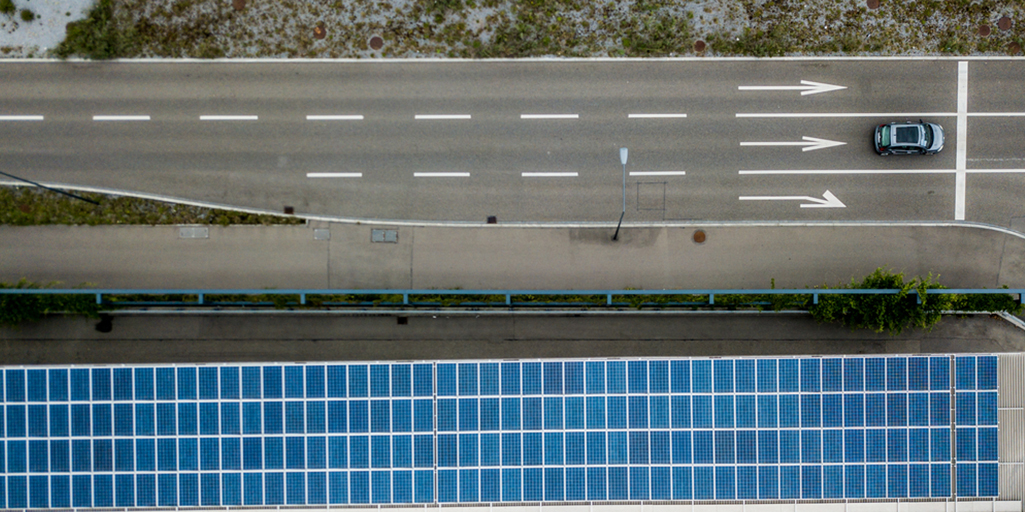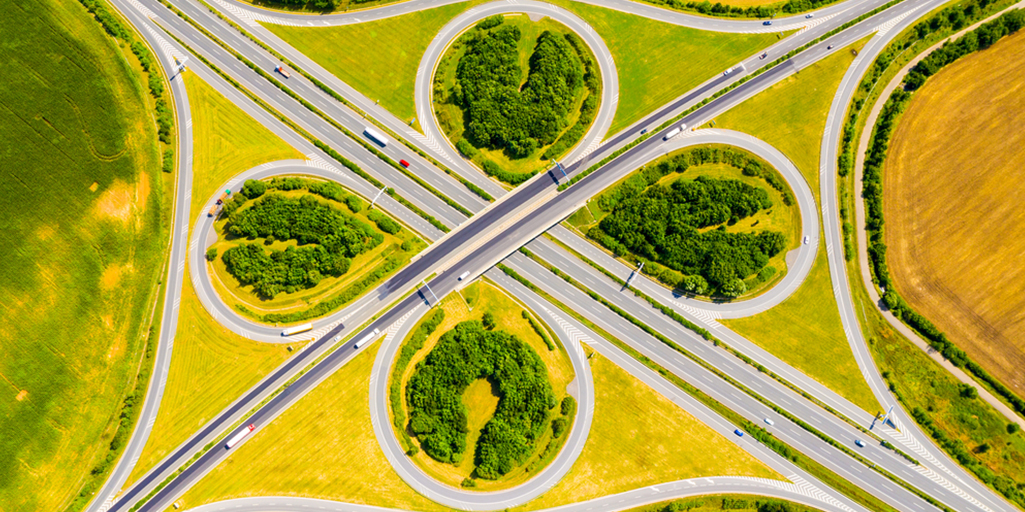We use cookies and other proprietary and third-party technologies to make our website work correctly and securely. We also use them to analyse user browsing and be able to adapt advertising to your tastes and preferences. Cookies Policy.
In recent years, the need to carry out a ‘green’ transformation has become clear. Concepts like carbon footprint, renewable energies and sustainability have dominated public discourse. They have done so as evidence grew that the effects of human activity on the planet’s environmental stability could be extremely negative. Faced with this reality, the immense majority of the world’s countries have made a political commitment toward finding strategies that will achieve sustainability.
To achieve that aim, many of the technologies and systems that make daily life possible must be totally overhauled. Because in sectors like transport or industry, it’s essential to find alternatives that do not contaminate, or at least contaminate as little as possible.
At present, almost 30% of greenhouse gas emissions in the European Union come from transport systems. For this reason, the search for alternative and more sustainable sources is an essential priority in the move to adapt economic systems to green models. Most of the time when we speak of sustainable transport, everyone thinks of vehicles and their emissions. But in fact, the margin for improvement is substantial in almost all the parts of transport systems. In vehicles, of course, but also in the infrastructures and technologies that support them.

What is a sustainable highway?
It’s not just motors fed by fossil fuels that contaminate. It’s also the infrastructures that support them. According to the magazine Science, highways also contribute to air pollution. For this reason, an integrated approach to sustainable transport must be based on a project for sustainable highways. Because everything counts.
Thus the development of a sustainable infrastructure, of whatever kind, should be a process that includes all the phases of the project, from planning to execution. In addition, it should be carried out by always trying to assure that the final product has the least possible impact on the environment.
According to the EOI Business School in Madrid, for a highway project to be sustainable it should offer a series of benefits. Among them: it should reduce money spent on combustibles, and limit as much as possible any maintenance needs and environmental impact. It should also guarantee the longest possible life for the infrastructure, and once it does become obsolete, its remains should be able to be recycled. And above all, it should comply with a series of requirements to reduce as much as possible the energy it consumes.

Promising technologies
One of the elements that offers the best possibility for making highways sustainable is the material used in their construction. Asphalt, which is number one in building roads –and in spite of the qualities that make it ideal for supporting traffic– is not very ecological or sustainable.
Nevertheless, there are materials that offer considerable potential as a substitute for asphalt. Graphene, for example, which is stronger than steel, lighter than aluminum and completely ecological (it is 100% composed of carbon) is one of the principal candidates to replace asphalt. (It is already being used in several pilot projects.) And other materials are being studied to produce ecological pavements that help reduce contamination.
Other technologies that could make roads more sustainable and reduce the expenditure of energy, especially the energy derived from fossil fuels. Thus projects like the intelligent highways, which are capable of transmitting information and even helping to recharge electric vehicles, occupy a prominent place in making sustainable infrastructures. Outstanding among these technologies are the ones that allow the roads themselves to function as generators of electricity, either through kinetic energy or integrated solar panels.
Within a few years, this kind of energy-generating technologies, along with others that permit the inalambric charging of batteries, could allow electric vehicles to recharge when they are in motion.

More sustainable roads today
At present there are projects to test whether certain roadbuilding technologies could become even more sustainable. Projects like the one that is in a part of the N401 highway in Holland and which replaces some of the asphalt road with solar panels to create energy. Or like the project in Rosmalen, also in Holland, which produces electricity through photovoltaic cells located in a wall that cuts down on traffic noise.
The use of graphene as a substitute for asphalt is also being tested at present. There are projects that use graphene as a construction material in countries like the UK (on the A1 in Northumberland) and Italy (the Strada Provinciale Ardeatina in Rome).
Notice: Trying to access array offset on value of type null in /DATA/sites/ontheroadtrends.com.preproduccion.com/webspace/wp-content/themes/ontheroad2023/templates/newsletter.php on line 3
Notice: Trying to access array offset on value of type null in /DATA/sites/ontheroadtrends.com.preproduccion.com/webspace/wp-content/themes/ontheroad2023/templates/newsletter.php on line 4
Notice: Trying to access array offset on value of type null in /DATA/sites/ontheroadtrends.com.preproduccion.com/webspace/wp-content/themes/ontheroad2023/templates/newsletter.php on line 5